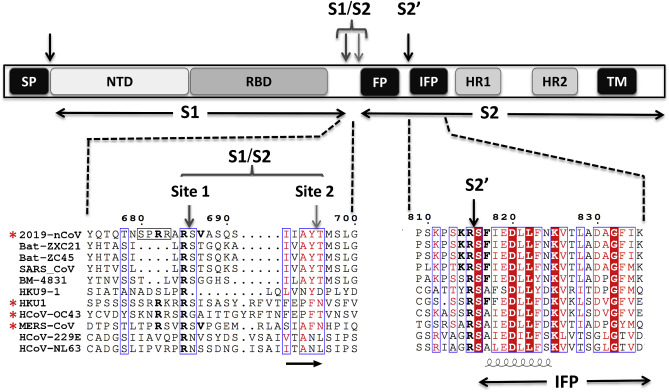Key: SL-CoV = SARS-like coronavirus
Still not interesting. Not relevant to preventing outbreaks at al.
No citation of the 2016 paper, which also didn't mention the miners' deaths.
Again, super important feature of the virus, not interesting.
economist.com/science-and-te…



